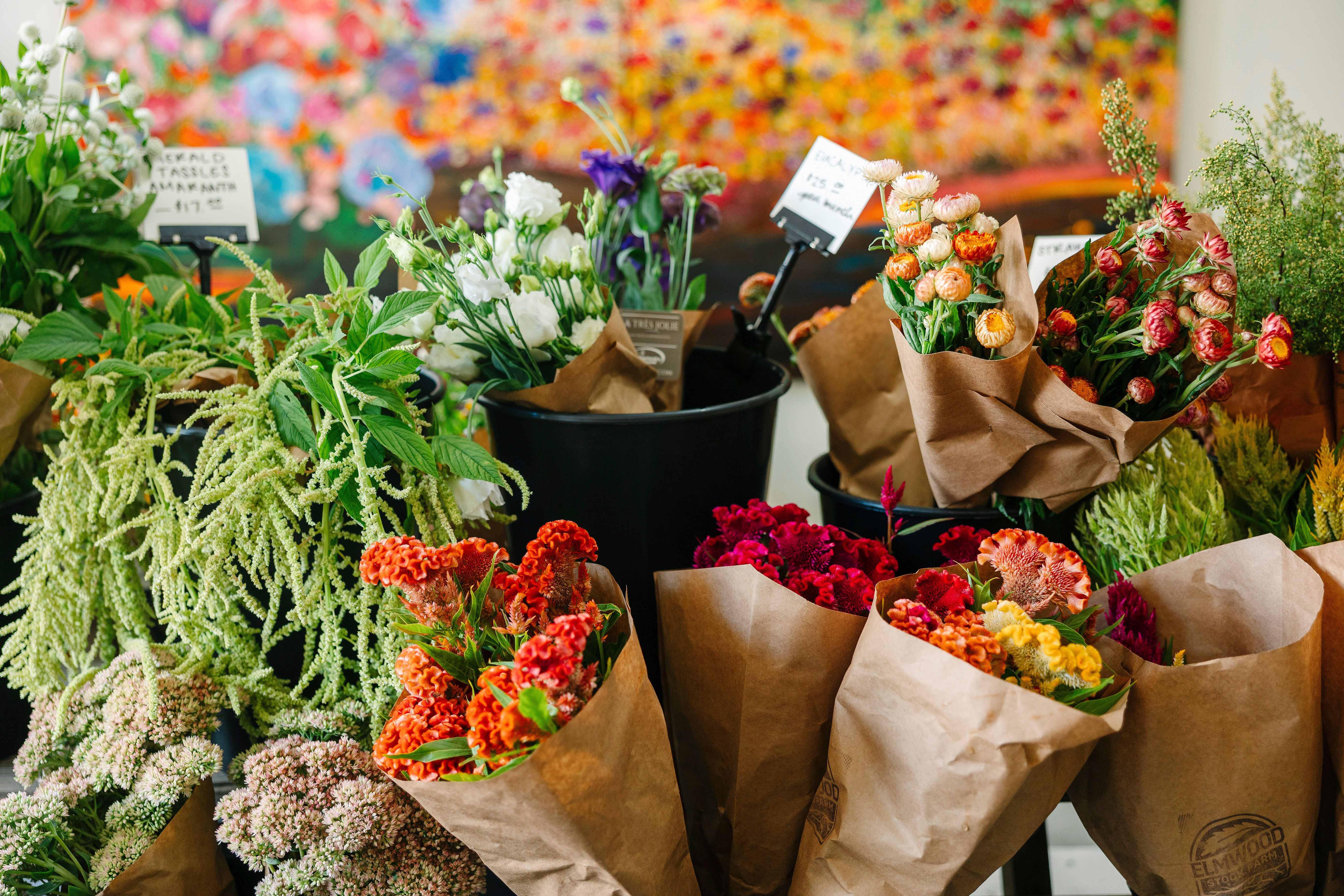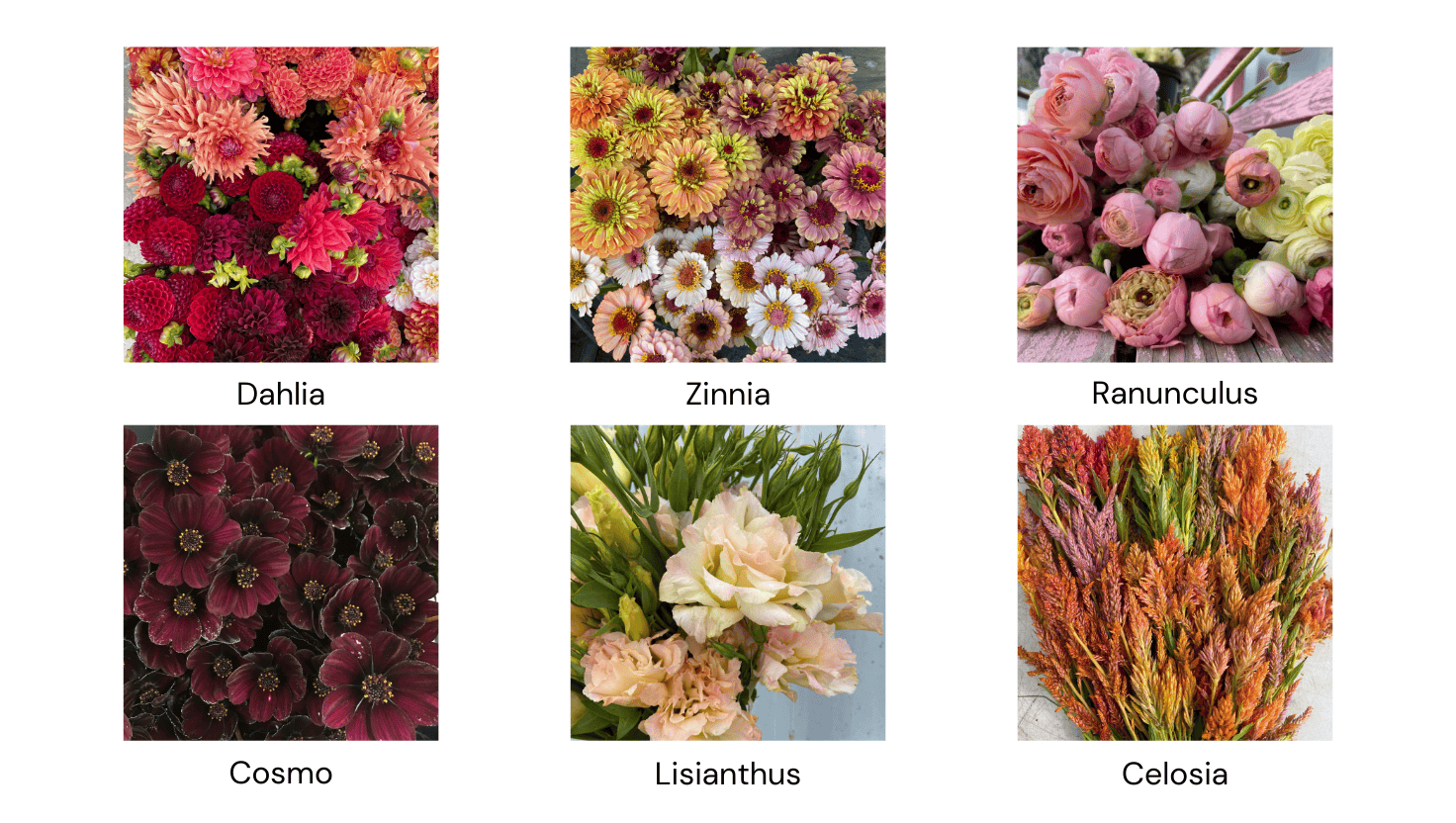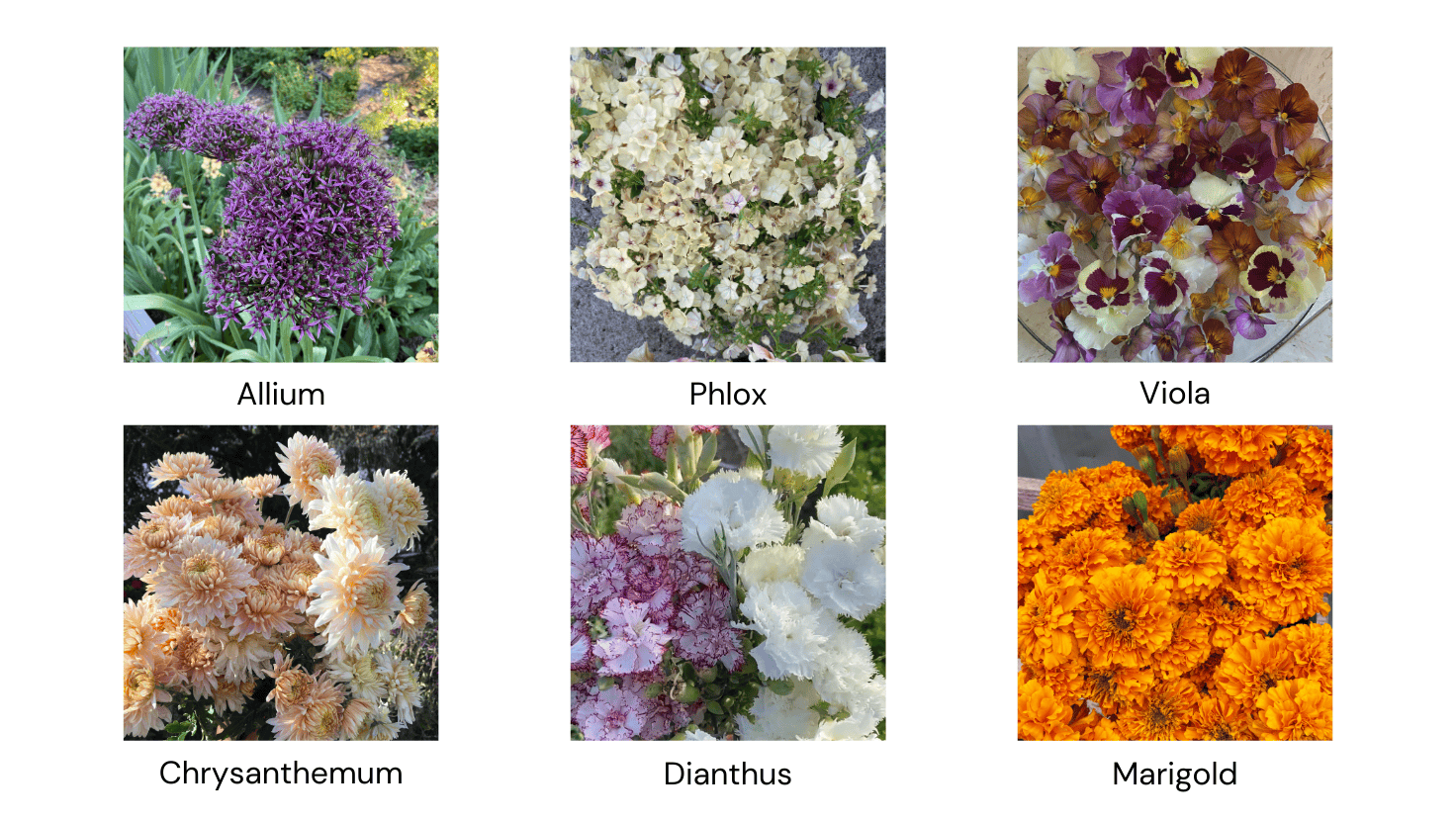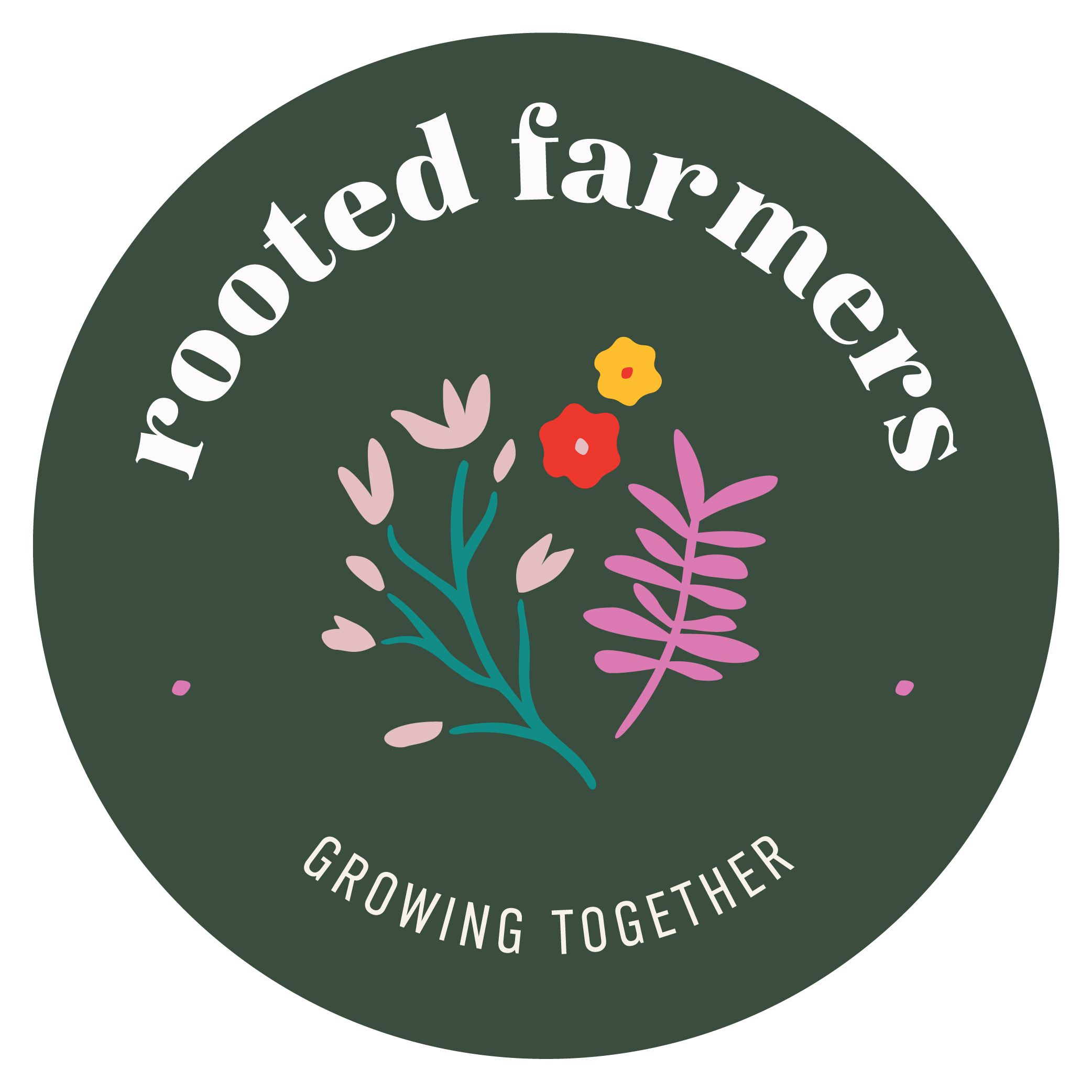
The cut flower industry is constantly evolving, shaped by shifts in buyer preferences, regional growing conditions, and broader design trends. As we reflect on 2024, it’s clear that the demand for local flowers continues to grow, with new opportunities emerging for growers to stand out and even set the next trends in the floral industry.
At Rooted Farmers, we’re uniquely positioned to provide insights into these shifts. Our platform connects growers with buyers across the country, giving us a bird’s-eye view of what’s selling, where, and when. By sharing these trends, we aim to offer growers a deeper understanding of what’s resonating—particularly in the wedding and events market—whether it validates your current approach or sparks inspiration for something new.
Before going any further – we strongly recommend that you read our Data & Analytics: A Crash Course post. This will give you some necessary context for how to interpret these results and apply them to your business.
A few things to keep in mind before we dig in:
Approach each data point as a piece of a puzzle – not the complete picture. If you examine any one layer of these data independently, you will draw different conclusions than you would by combining them. We encourage you to pair this discussion of quantitative data with your own research – including qualitative information from your local markets – to help you approach the year ahead.
Remember, you know your market best! Always talk with your buyers about what they’d like to see more of – our data may provide you with an opportunity to educate your audience, but ultimately, collecting direct feedback from your buyers is a critical input.
Let’s dig in! What did we see in 2024?
A quick snapshot of some exciting findings for farmers:
Local staples continue to anchor the local flower market as top sellers. These are the go-to favorites that are either hard to ship or have a more ethereal shelf life, like dahlias, zinnias, and ranunculus.
The total number of unique cultivars in the local flower market is increasing. Buyers look to local growers to find unique, special varieties that they can’t get elsewhere. Growers can stand out by offering more diversity of flowers, especially during shoulder seasons.
Warmer and brighter tones like apricot, coral, and cream stood out. Traditional wedding mainstays of white, green, and pink are not going away, but we also saw an increased shift to these warmer and brighter colors.
Top-Selling Colors
Rankings based on stem count across all sellers
- White
- Green
- Pink
Highest-Growth Colors
Growth compared with 2023
- Apricot
- Cream
- Coral

Color Takeaways
White, green, and pink have consistently remained the top-selling colors over the past four years. The demand for green suggests that there is an ongoing opportunity for local foliage, as it is an essential element in designs. Local growers can think beyond traditional greenery – foliage like grasses, branches, or other woody perennials that may even be considered weeds can serve as elements of interest and whimsy.
Apricot’s rise in popularity aligns with Pantone’s 2024 Color of the Year, Peach Fuzz. Design and fashion trends trickle into the local flower industry, so it can be useful to keep an eye on the broader landscape. Cream also increased in demand, growing alongside white rather than replacing it, showing its versatility as a bridge color for both neutral and brighter color palettes.
Top-Selling Flowers
Based on stem counts, by genus
In 2024, we saw thousands of unique cultivars sold on Rooted! Our top performers included the following genera:
- Dahlia
- Zinnia
- Ranunculus
- Cosmos
- Eustoma (Lisianthus)
- Celosia
- Antirrhinum (Snapdragons)
- Scabiosa
- Tulipa
- Gomphrena

Highest-Growth Products:
We were excited to see strong growth from many unsung heroes in 2024! The below genera were among our highest-growth products sold:
- Allium
- Dianthus (Sweet William, Carnation)
- Viola
- Chrysanthemums
- Phlox
- Tagetes (Marigolds)

Product Takeaways
The top 10 flower genera have stayed consistent over the last four years, but the number of unique cultivars grew by 37% in 2024. This indicates that buyers are seeking out variety and specialty options, giving local growers a chance to experiment with unique or uncommon flowers.
Some of the highest-growth products were those available during the shoulder season, in spring and fall, such as alliums, dianthus, violas, and chrysanthemums. This presents an opportunity for growers to seek out season extension and increase production to meet demand during the early and late season when local flowers are less abundant.
Conclusions
We hope that you find these insights helpful in preparing you to talk with your buyers and think about the season ahead!
Maybe you will approach your crop plan with more emphasis on color rather than cultivars, or perhaps you felt inspired to broaden your buyers' awareness around the flowers you grow or empowered to talk about your blooms from a florist’s or designer’s point of view! Whatever you take away from these trends, it’s clear that local flowers continue to gain momentum, and your work as a grower is a key part of this movement.
The demand for unique, locally-grown blooms is stronger than ever, and the impact you have goes far beyond just your farm—it's felt in communities and across the floral industry. Here’s to a season of growth, creativity, and local blooms!
Additional Resources
Here are some other resources to help you continue to increase awareness, sales, and continue to bridge the gap between grower and end user:
Learn more about how Rooted Pro, our robust Data & Analytics package, can help you level up your growing game.
Read our Data & Analytics: A Crash Course post for more context around how we put these data to work.
Read our Sales Data & Crop Planning: A How-To article to learn more about how we reflect and set goals for the season ahead.
Learn from Designer Rachel Fletcher at Carbon & Co to as she shares her insights on working with local product.
Building new buyer relationships? Check out our 7 Tips for How to Build New Relationships with Wholesale Buyers
Check out our article about Photographing Flowers for Wholesale to learn the nuances of product photography.
